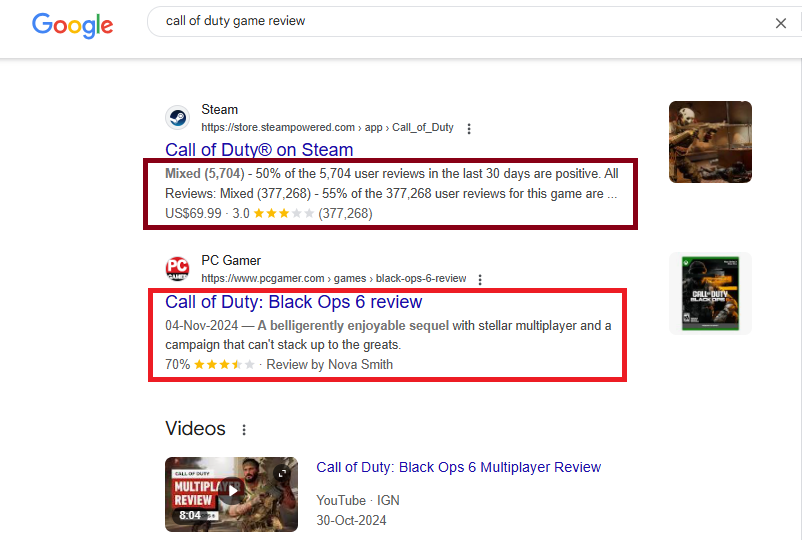Schema markup plays a crucial role in helping search engines understand your content’s context, leading to enhanced visibility and improved search engine results. However, incorrect implementation can lead to errors that prevent structured data from being properly recognized. Ensuring accurate schema markup requires a clear understanding of property usage, value formatting, and nesting structure.
This guide will cover the common schema errors, methods for identifying and fixing them, and best practices for schema implementation and maintenance.
Common Schema Markup Errors
Implementing schema markup correctly requires attention to detail, as errors in formatting and structure can lead to invalid structured data. The most common errors include:
- Missing Required Properties – Every schema type has mandatory properties that must be included. For instance, the
Organizationschema requires thenameandurlproperties. - Invalid Property Values – Some properties require specific data formats. Dates, for example, should follow the ISO 8601 format.
- Incorrect Nesting Structure – Certain schema types must be properly nested. For example, a
Productschema should includeOfferandReviewschemas when applicable. - Improper JSON-LD Formatting – Missing commas, incorrect brackets, or invalid JSON syntax can cause errors.
- Conflicting Schema Types – Implementing multiple schema types incorrectly can create conflicts that make data unreadable.
Understanding these issues is key to ensuring accurate schema implementation.
How to Identify Schema Markup Errors
Before fixing schema markup errors, you need to identify them accurately. The best tools for schema validation include:
1. Schema Markup Validator
Google’s Schema Markup Validator allows you to check if your schema is correctly formatted and free of errors. Enter your URL or paste your JSON-LD code to test its validity.
2. Rich Results Test
Google’s Rich Results Test determines if your structured data qualifies for rich snippets. It highlights warnings and errors that may impact your search performance.
3. Schema Markup Checker Tools
Various third-party tools can analyze and validate schema markup for consultant-type services and other business models.
Using these tools ensures that your schema markup adheres to best practices and is properly structured.
Fixing Schema Markup Errors
1. Correcting Missing Properties
Schema types require specific properties to be valid. For example:
Organizationschema requiresnameandurl.LocalBusinessschema requires an address (address,postalCode,addressCountry).Productschema should includename,description,image, andbrandproperties.
Always refer to the latest schema.org documentation to ensure all required fields are included.
2. Fixing Incorrect Value Formatting
Schema properties must adhere to expected formats:
- Dates: Use ISO 8601 format (YYYY-MM-DD for dates, YYYY-MM-DDTHH:MM:SS for timestamps).
- URLs: Use fully qualified URLs, including
https://. - Prices: Include currency codes (e.g.,
$19.99 USD). - Phone Numbers: Follow international formatting (e.g.,
+1-123-456-7890).
Ensuring the correct format reduces validation errors and improves structured data performance.
3. Resolving Nesting and Structural Issues
Complex schemas often require proper nesting. Some common examples include:
- A
Productschema must includeOfferandAggregateRatingschemas for pricing and reviews. - An
Organizationschema may includeLocalBusinessorContactPointdata. Eventschemas requirelocation,startDate, andendDateproperties.
Using a schema markup checker ensures that parent-child relationships are correctly implemented.
4. Proper JSON-LD Implementation
JSON-LD is Google’s recommended format for implementing schema markup. Here are best practices for JSON-LD:
- Place JSON-LD scripts inside the
<head>section of your HTML. - Ensure valid JSON syntax, including correct use of brackets and commas.
- Use unique
@typedeclarations for each schema block. - Avoid duplicating structured data across the same page.
By following these guidelines, you can ensure search engines correctly interpret your structured data.
Testing and Validating Schema Markup
Regular testing helps prevent errors from affecting search visibility. Follow these steps:
- Use Google’s Schema Markup Validator – Check for errors before deployment.
- Test with Rich Results Test – Ensure your structured data qualifies for enhanced SERP features.
- Monitor Google Search Console – Identify any structured data warnings or errors.
- Validate Across Different Page Types – Check consistency across various templates and content types.
By continuously testing schema markup, you maintain a high level of structured data accuracy.
Schema Markup Maintenance and Best Practices
Schema implementation is an ongoing process. Regular maintenance ensures structured data remains compliant with search engine guidelines.
1. Keep Schema Documentation Updated
Refer to schema.org documentation frequently to stay updated on changes and new schema types.
2. Review Schema During Website Updates
Whenever website content changes, review and update schema markup accordingly.
3. Monitor Google’s Schema Guidelines
Google periodically updates structured data requirements. Stay informed about new recommendations.
4. Avoid Using Deprecated Schema Types
Some schema types become outdated. Replace deprecated properties with recommended alternatives.
Error Prevention Strategies
Proactive strategies reduce the chances of schema errors:
- Use a Schema Markup Tag Manager – Implement schema through Google Tag Manager for consistency.
- Create Schema Templates – Develop reusable JSON-LD templates for different content types.
- Automate Schema Validation – Integrate schema validation into your development workflow.
- Document Implementation Standards – Keep internal documentation to ensure consistent schema application.
These strategies streamline structured data implementation and minimize potential errors.
Advanced Schema Optimization Techniques
For enhanced search visibility, consider these advanced schema strategies:
- Layer Multiple Schema Types – Combine
Article,BreadcrumbList, andWebSiteschemas where applicable. - Use Breadcrumb Schema – Improve site navigation with
BreadcrumbListmarkup. - Implement FAQ Schema – Enhance informational pages with structured FAQ markup.
- Utilize WebSite Schema – Define global site properties to enhance indexing.
Implementing these advanced techniques improves website structure and user experience.
Conclusion
Schema markup is essential for modern SEO, improving search visibility and enabling rich results. However, incorrect implementation can cause validation errors, preventing structured data from being effectively utilized. By using tools like the Schema Markup Validator and Rich Results Test, fixing property and formatting errors, and following best practices for structured data, you can ensure your schema remains error-free and beneficial for search rankings.
Regular testing, validation, and maintenance will help keep your schema markup optimized and compliant with the latest search engine guidelines. By implementing structured data correctly, you maximize the chances of appearing in rich results, ultimately improving your website’s search performance.







